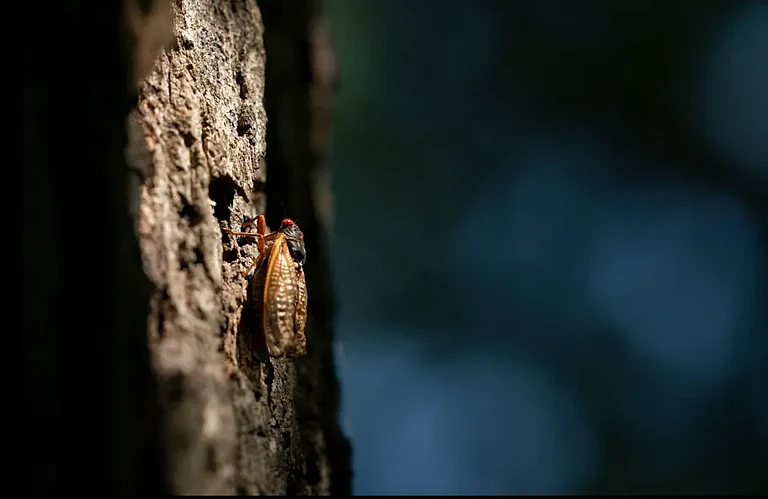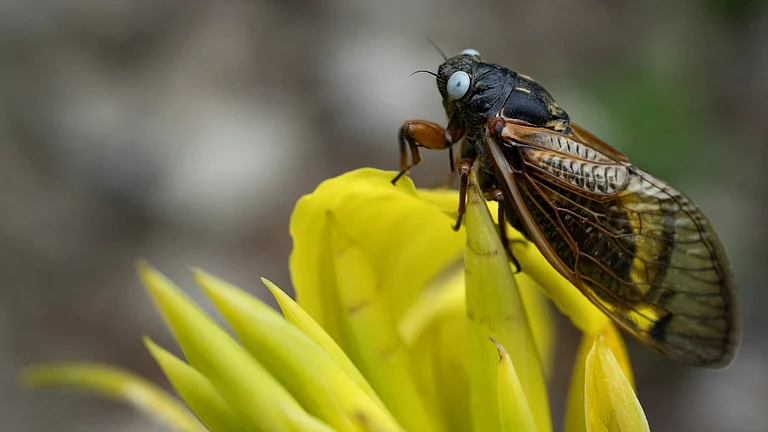Terrestrial leeches have been caught on video jumping from leaves in the Madagascan rainforest, confirming a long-standing anecdotal observation with scientific evidence.
In 2017, Mai Fahmy, a researcher currently affiliated with the American Museum of Natural History, filmed footage of a leech in Madagascar's Ranomafana National Park. She captured the moment when the leech extended its body in a behavior known as "questing," actively seeking a host.
Fahmy quickly grabbed her phone and recorded the leech as it slowly advanced and then launched itself from the leaf, landing somewhat awkwardly on the forest floor. This footage, along with a 2023 video highlighting the leech's acrobatic abilities, have been released in Biotropica.
“Even though I was out in the field in Madagascar collecting leeches for bloodmeal analysis, the pressure was on to try to see if we could get another video to support the claim that we make in the paper,” Fahmy explained. The research team's publication now confirms long-standing anecdotal reports that terrestrial parasites, particularly the species Chtonobdella fallax, leap to seek out warm, blood-filled meals.
Jumping leeches have even been noted in the writings of the renowned 14th-century explorer Ibn Battuta, who documented their behavior in Sri Lanka, suggesting that this trait may have independently evolved in various terrestrial leech species. However, scientific skepticism grew by the mid-20th century regarding the concept of leeches jumping.
“A lot of the history of this basically comes down to that question: ‘What exactly is a jump?’ For hundreds of years, there were anecdotes from really extremely well-trained observers about jumping leeches,” explained Michael Tessler, an invertebrate zoologist at the American Museum of Natural History and Medgar Evers College, in a conversation with Gizmodo. “It wasn’t until people started more seriously studying leeches, kind of in the 1800s, early 1900s, that almost every leech biologist who spent time with these things said, ‘no way they can’t jump.’”
While it's well-known that leeches occasionally fall onto their hosts, the debate centers on their intent: Do they actively expend energy to launch towards a specific target (or into the air), or are they merely tumbling and letting gravity take over? The recent video evidence clearly shows the parasites engaging in the former behavior, coiling up and then springing forward purposefully. These animals indeed move outward from their leafy launchpad and, according to the team's interpretation, possibly even slightly upward. In essence, they are jumping.
Tessler suggested that leeches likely jump as they actively seek out a host. After questing to detect motion or heat from potential prey, these creatures may leap as a leap of faith towards their target.
Fahmy has encountered leech bites before, including one instance where a leech landed in her eye. According to her, leeches have a tendency to target the eyes. When captured, these animals' blood meals can be sampled to gain insights into the rainforest's ecosystem. Essentially, the leech serves as a mobile environmental DNA lab.
“I’ll be going back to Madagascar for years to come,” Fahmy remarked. “I’ll have my eyes on the leeches. We know so little about their biology, their natural history, their behaviors. They’re full of mystery.”




















